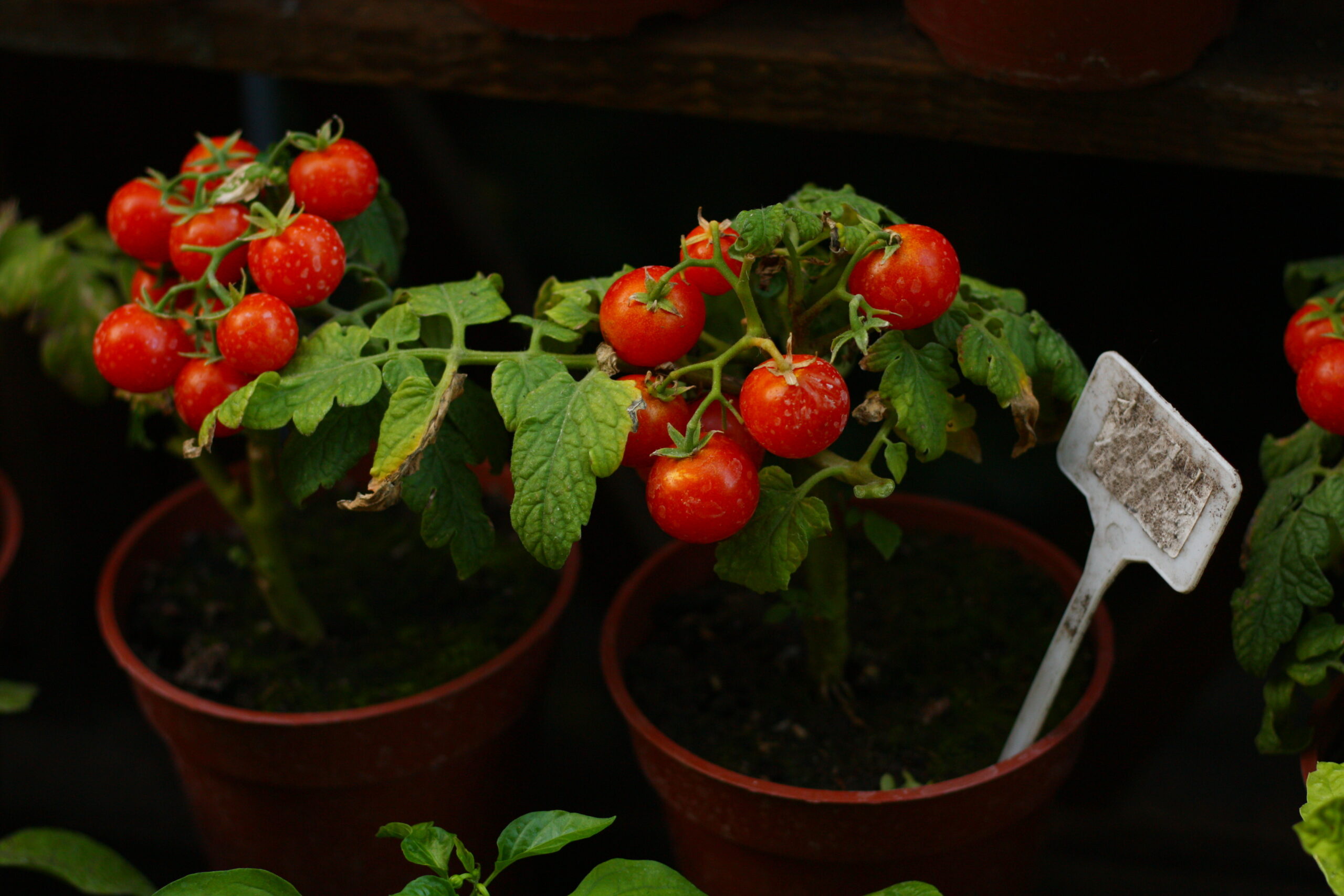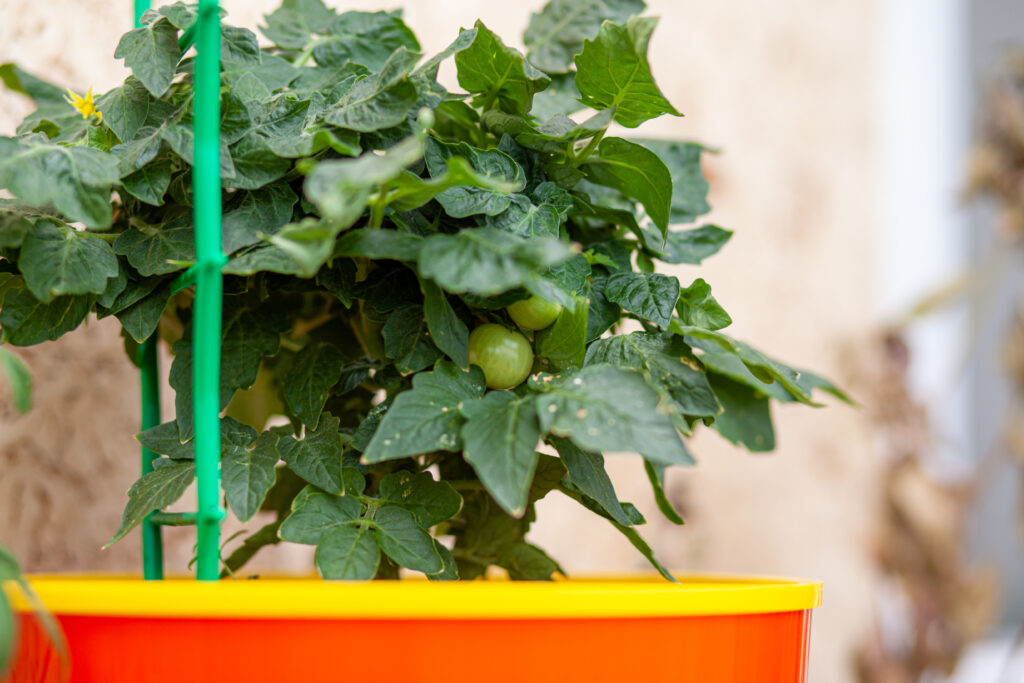- LIFE
Flowers That Bloom in Summer and Love the Heat


Companion planting is a time-honored gardening technique that involves growing certain plants in proximity to each other to enhance growth, deter pests, and improve yield. When it comes to tomatoes, this method can be particularly beneficial, as it helps create a balanced ecosystem that supports healthy plant development. By strategically selecting companion plants, gardeners can optimize their tomato harvest while also contributing to a sustainable and thriving garden environment.

Choosing the right companion plants for your tomato garden can significantly impact the health and productivity of your tomatoes. Some plants offer natural pest control, while others improve soil quality or attract beneficial insects. Here’s a list of companion plants for tomatoes that can help you cultivate a flourishing garden:
The benefits of companion planting go beyond mere pest control. This gardening strategy can enhance tomato growth through several mechanisms:
<strong>Nutrient Sharing:</strong> Certain plants can improve soil fertility by fixing nitrogen or adding organic matter. For instance, legumes like beans can enrich the soil with nitrogen, which is vital for tomato growth.
<strong>Microclimate Improvement:</strong> Companion plants can modify the microclimate around tomato plants, providing shade or acting as windbreaks. This can reduce water evaporation and protect tomatoes from harsh weather conditions.
<strong>Allelopathy:</strong> Some plants release chemicals that can inhibit the growth of weeds or harmful organisms. For example, marigolds produce substances that suppress nematodes, benefiting tomato roots.
To effectively implement companion planting, certain tools can aid in planning and maintaining your garden:

Integrating tomatoes into a diverse vegetable garden not only maximizes space but also enhances the ecological balance of your plot. A well-planned garden can reduce pest infestations and improve crop yields. Here are some strategies for creating a diverse garden:
<strong>Layering Plants:</strong> Use vertical space by planting climbing plants like pole beans alongside tomatoes. This not only saves space but also fosters a healthy garden ecosystem.
<strong>Rotational Planting:</strong> Rotate crops annually to prevent soil depletion and reduce the buildup of pests and diseases specific to tomatoes.
<strong>Polyculture Beds:</strong> Mix different plant species in the same bed to create a polyculture system. This diversity can deter pests and improve soil health.
Living mulch involves growing low-growing plants around your main crops to cover the soil. This technique offers several advantages for tomato plants:
Weed Suppression: Living mulch competes with weeds for resources, reducing the need for manual weeding.
Moisture Retention: By covering the soil, living mulch helps retain moisture, reducing the frequency of watering.
Soil Health: As living mulch decomposes, it adds organic matter to the soil, improving its structure and fertility.
Clover and vetch are excellent choices for living mulch in a tomato garden, as they fix nitrogen and improve soil quality.
Beneficial insects play a crucial role in maintaining a healthy garden ecosystem. They can help control pest populations and pollinate plants. Here are some examples of beneficial insects and tips for attracting them:
Ladybugs: These insects are natural predators of aphids and can significantly reduce their numbers. Planting dill, fennel, and yarrow can attract ladybugs to your garden.
Lacewings: Lacewing larvae are voracious eaters of soft-bodied pests like aphids and caterpillars. Sunflowers and cosmos can help draw lacewings to your tomato beds.
Bees: While not predators, bees are essential pollinators. Planting flowers like lavender and borage near your tomatoes can increase bee activity, boosting pollination rates.
Creating habitats such as insect hotels or leaving patches of wildflowers can further encourage beneficial insects to take up residence in your garden.
While companion planting can deter many pests, additional strategies can enhance your garden’s defense system:
Physical Barriers: Use row covers or floating row covers to protect young plants from pests while still allowing sunlight and moisture to reach them.
Natural Predators: Introduce or encourage natural predators like birds and beneficial insects to keep pest populations in check.
Herbal Sprays: Create homemade sprays using garlic, neem oil, or chili to naturally repel pests without harming beneficial insects.
Regular monitoring and prompt action can prevent minor pest issues from escalating into significant problems.
Each season presents unique challenges and opportunities for maintaining a companion-planted tomato garden. Here are some seasonal tips to ensure year-round success:
Spring: Start with soil preparation by adding compost and organic matter. Begin planting early companions like peas and lettuce alongside tomatoes.
Summer: Focus on watering and mulching to retain moisture. Keep an eye on pest activity and introduce beneficial insects as needed.
Fall: Harvest remaining crops and plant cover crops like clover to enhance soil fertility over winter. Remove any diseased plant material to prevent overwintering pests.
Winter: Plan your garden layout for the next season, considering crop rotation and new companion plant pairings. Maintain garden tools and prepare for the upcoming spring.
By adjusting your gardening practices to the seasons, you can maintain a productive and resilient tomato garden year after year.